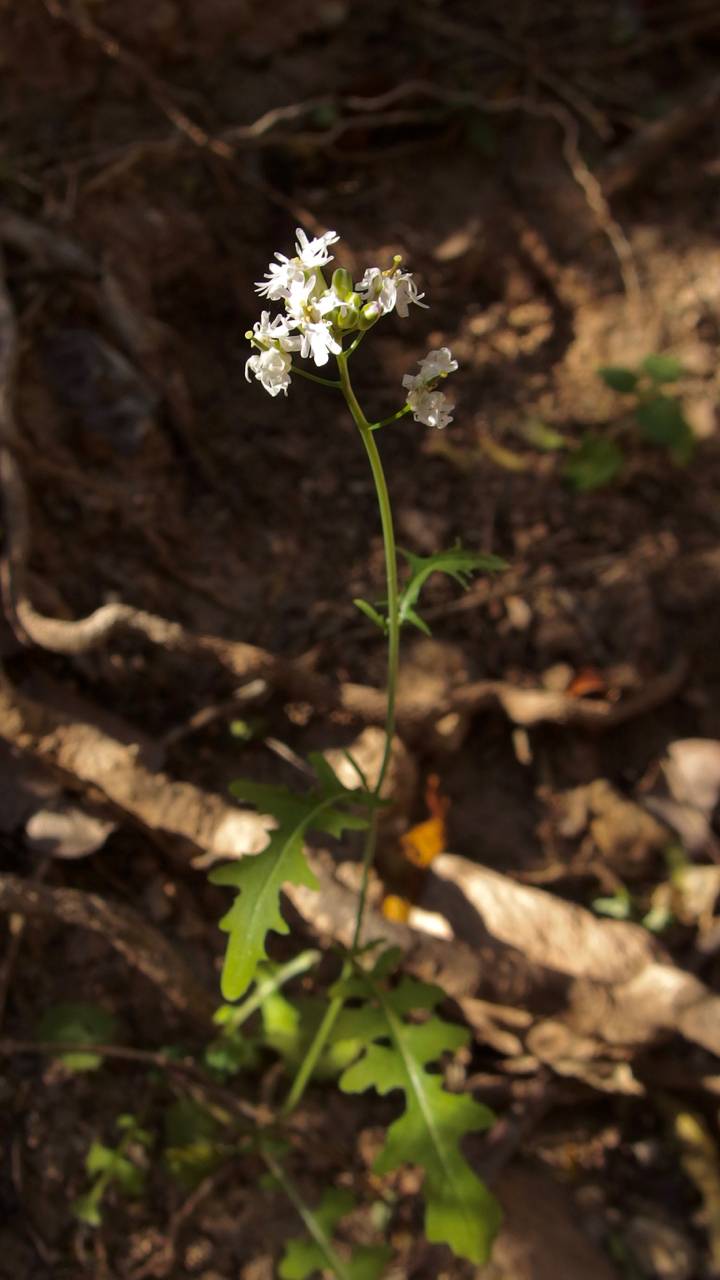Dryopetalon
|
Family: Brassicaceae |
Annuals or biennials; not scapose; usually pubescent or hirsute, rarely glabrous. Stems erect or ascending, unbranched or branched basally or distally. Leaves basal and cauline; petiolate or sessile; basal rosulate or not, petiolate, blade margins entire, dentate to runcinate, or pinnatifid; cauline petiolate or [sub]sessile, blade (base not auriculate, or auriculate to amplexicaul), margins entire or dentate to pinnatifid. Racemes (corymbose, initially congested), considerably elongated in fruit. Fruiting pedicels ascending, divaricate, or horizontal, slender. Flowers: sepals erect to ascending, oblong [ovate], lateral pair slightly saccate or not basally, (glabrous or pubescent); petals white or purplish, spatulate or obovate (longer than sepals), claw gradually narrowed from blade to base, (margins sometimes pinnatifid, or deeply 2-lobed); stamens tetradynamous; filaments not dilated basally, (glabrous or papillate basally); anthers oblong; nectar glands: lateral annular, median glands confluent with lateral. Fruits sessile or shortly stipitate, usually linear, rarely linear-oblong, torulose or smooth, terete or flattened (latiseptate); valves each with a distinct midvein, glabrous; replum rounded; septum complete, not veined; ovules 10-110 per ovary; style distinct; stigma capitate, usually entire, rarely slightly 2-lobed. Seeds uniseriate, plump, usually not winged, rarely narrowly so, ovate [oblong]; seed coat not mucilaginous when wetted; cotyledons accumbent [incumbent]. x = [10] 12, 14. |

